Racing to Save the Tasmanian Devil 5
A favorite day--joining a field study of devils . So far in this series we've met devils in captivity and visited a lab studying DFTD on the cell level. Now we'll experience field work on wild devils.
The goal is to gather information on the condition of wild devils in this area where the team has set up traps and collected data on the trapped devils. A second form of Devil Facial Tumor Disease (DFTD) has shown up here, and it’s important to know how far it has spread.
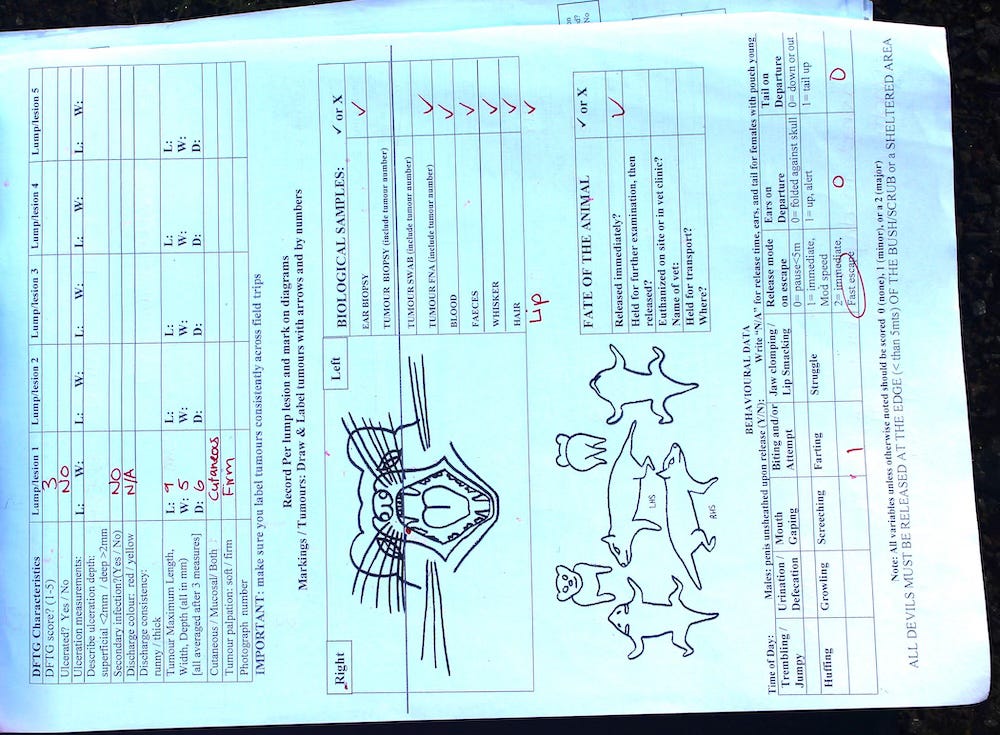
Our vehicle is a university pickup truck with old, almost bald tires, so driving is a bit tricky on the slippery red-mud rural roads we navigate. Alex knows the route well as she’s been carrying out this work for a while.
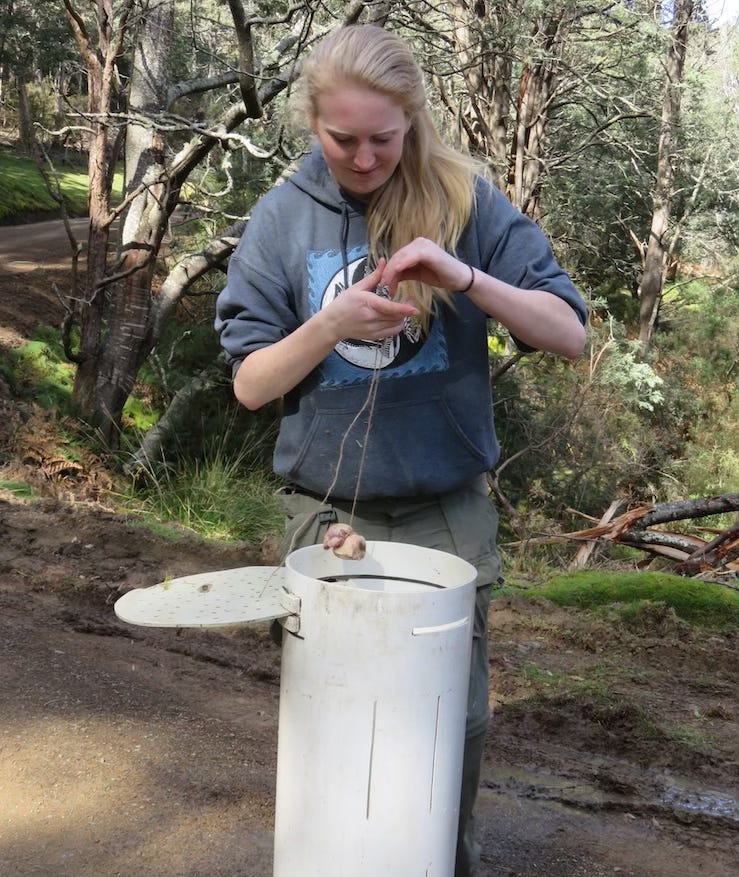
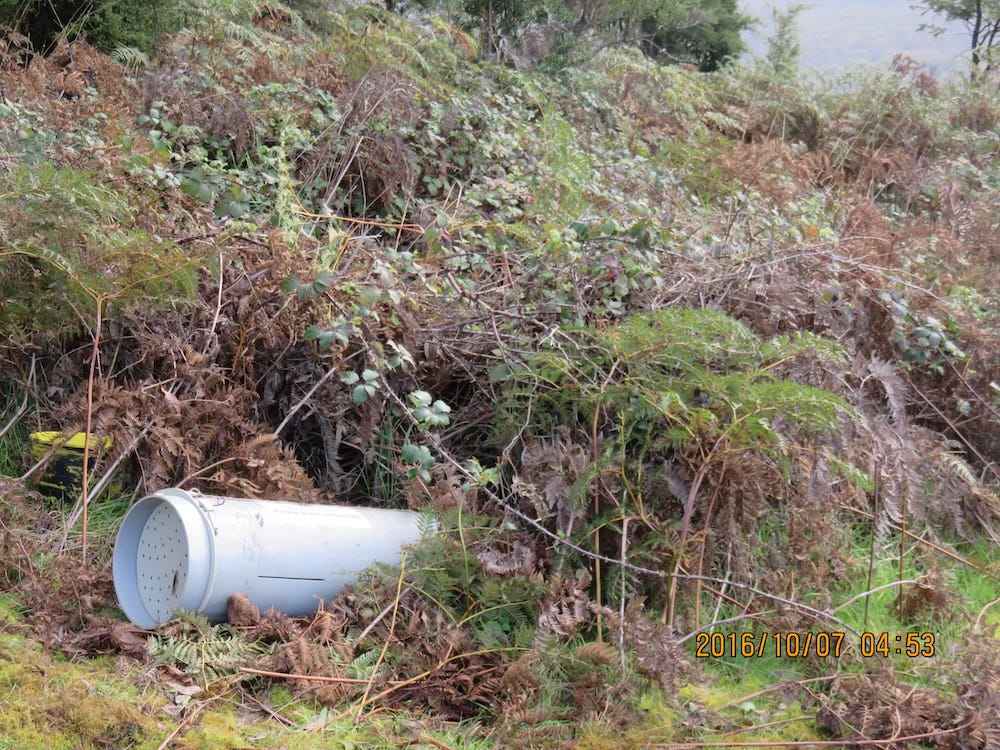
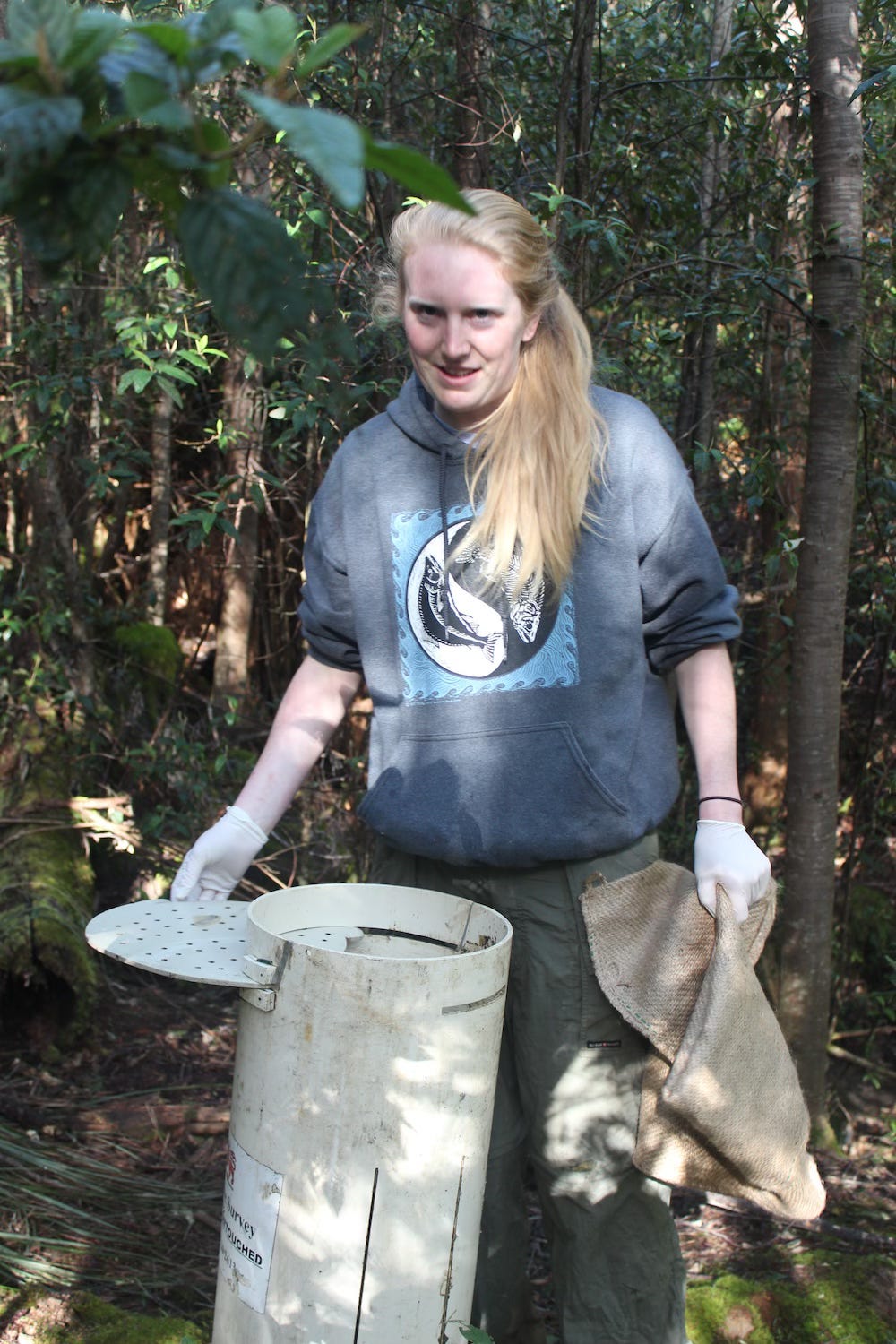
Alex checks the devil with a portable scanner and finds that it doesn’t already have an ID chip, so she injects one, then names the animal. Emily notes down the new find and takes down measurement as Alex takes them.
As we travel along the route of devil traps, most of the traps haven’t been sprung. But even then, it takes us most of the day to cover the territory. When we enter a piece of private land, Emily checks with the owner to make sure it’s okay to enter their property. Some of the people are pretty touchy, so she has to be careful. Others are happy to have visitors. One couple invited us in to show us how they had completed building their “off the radar” home. Their electricity came from rooftop solar panels, and their garbage went into a compost system that created fertilizer for their lovely garden.
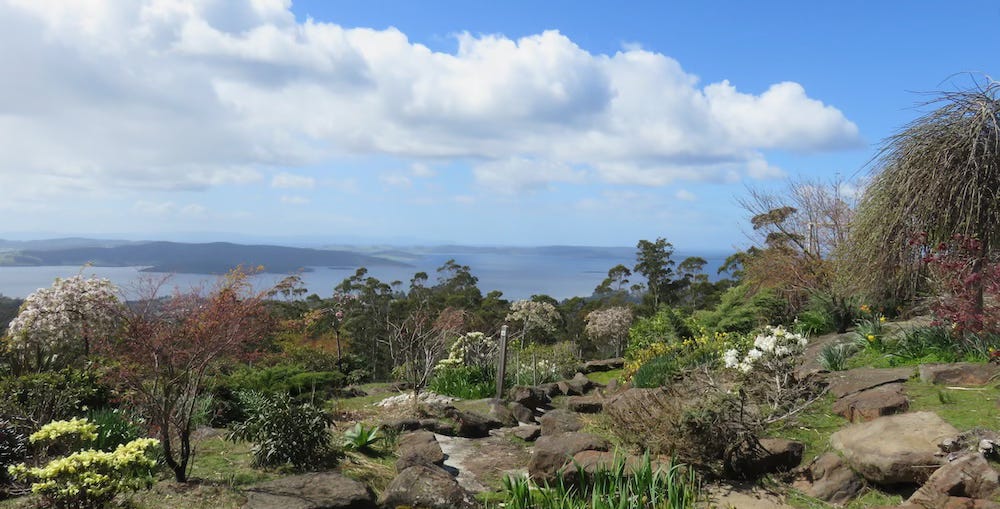
Another couple welcomed us in for tea and talked about how delighted they were that a family of devils made their home underneath their house. Most people find the moaning and screechy sounds the devils make unsettling, but these folks enjoyed listening to the devils “talking” to each other under their feet. They played a recording of the sounds for us, and I couldn’t quite wrap my mind around how they enjoyed these ghostly noises. They even installed a wide tube by a corner of the house to create an entrance to the devil’s nest under the house. The devils had come to trust the people, and as the young devils grew up they would come out of their den and play in the yard.
At the end of the day, Alex dropped me off at my hotel, where I could rest until dinnertime. She also dropped off Emily, then headed back to the university, where she would refrigerate the blood samples she’d taken and record the data she’d gotten. The next day, she’d be up early again and head out once more to check her traps—she had to do this every day. That’s the life of a dedicated field scientist.
I’ll publish one more newsletter about the Tasmanian devil, updating the situation since the publication of my book, “Saving the Tasmanian Devil: How Science is Helping the World’s Largest Marsupial Survive” in 2019. Thanks to the Save the Tasmanian Devil Program and other efforts, the future of this important and fascinating animal seems assured. The devil has even been returned to a new preserve on the Australian mainland; I’ll talk about that program in the final post.

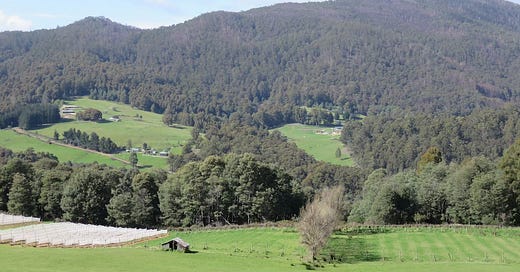




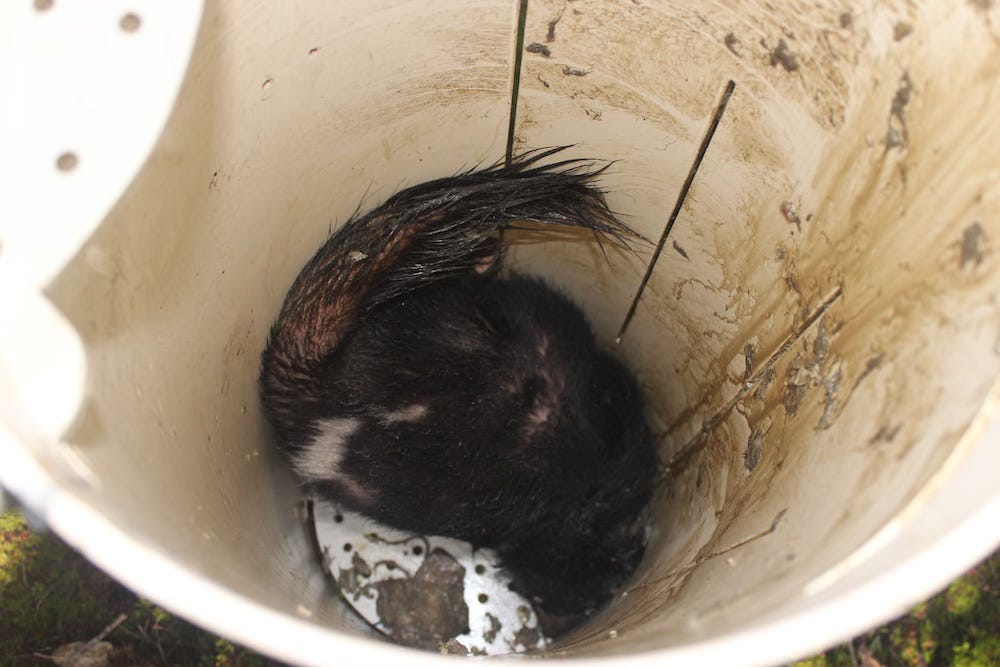
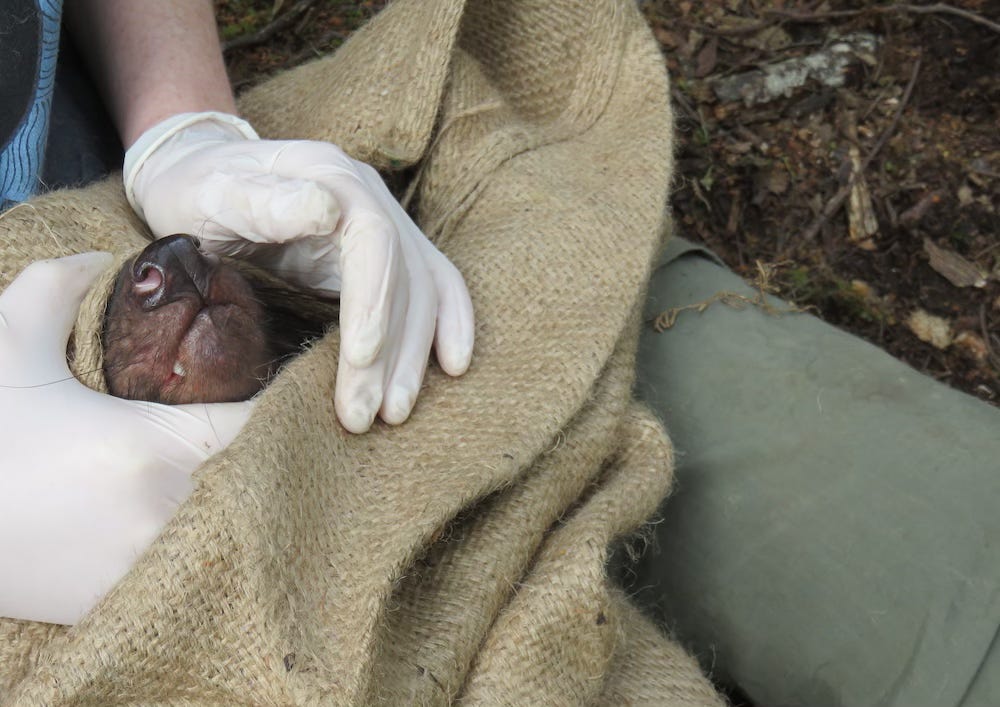
Thanks for a fun resource to share with the kids of all ages in our lives!
Another writing made interesting because you wrote it! Rita